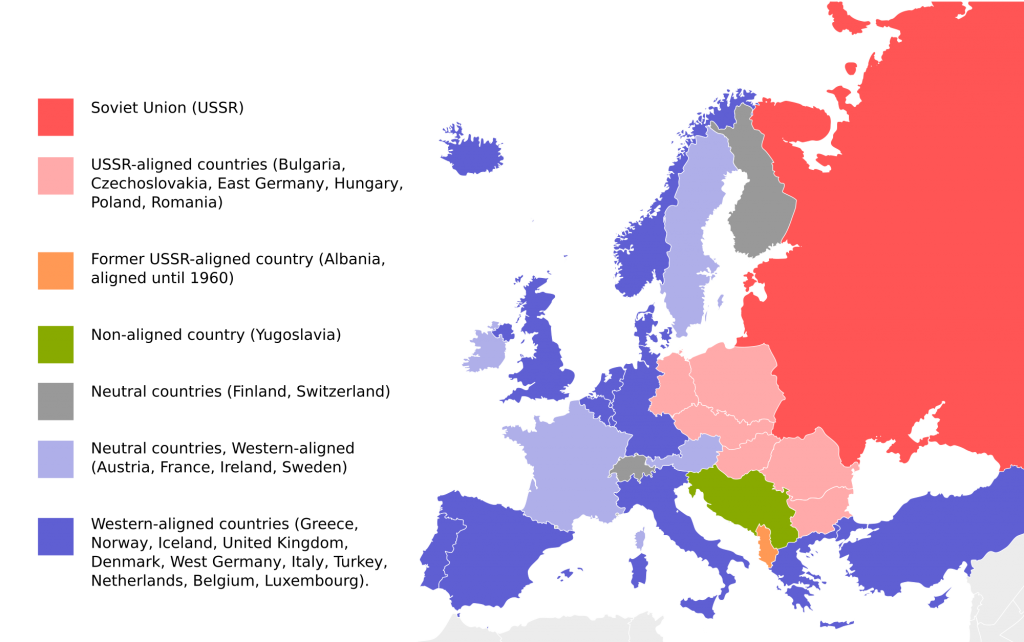My first two weeks in Belgrade have flown by. I am constantly discovering more and more things I love about this city, country and the people who live here.
Before coming to Serbia I did not really know what to expect. This isn’t a region of the world we learn about in school. And if we have learned about it, it was most likely in reference to the wars that occurred in the 1990’s.
During the past two weeks we begun to unpack the meaning of the word “Balkan.” What does it refer to? It is simply a geographical location? Can it also be cultural? Where did the term originate?
When studying another region of the world, it is important to understand how that region is viewed by others, but also how the people there view themselves. The term “Balkan” was actually coined by the Turks. The first part of the word (bal) means honey, while the second part (kan) means blood. However, up until the early 1990s the term Balkan was only used as a geographic term. It was not until the wars of the 1990s that the word took on a new meaning. Instead of referring to the events that unfolded in Yugoslavia during the 1990s as the Yugoslav Wars, they became know as the Balkan Wars. The term “Balkanization” in the English language actually means to break-up in a hostile manner(Merrian-Webster). The term today is used to refer to things that are fragmented and are in no way related to the geographic region of the Balkans
Before arriving in Serbia I would have referred to this part of the world as Eastern Europe. It is not in fact Eastern Europe and it was also never part of the Soviet Bloc.

As you can see from the map above, Serbia (then part of Yugoslavia) was part of the non-aligned movement. This movement was started in 1961 and Josip Broz Tito, the leader of Yugoslavia at the time, was one of the leaders. The idea of the movement was to create a space for countries that were neither aligned with the West nor with Russia to create a space for themselves in the bi-polar world that existed at that time. To learn more about the non-aligned movement check out these resources.
http://www.nti.org/treaties-and-regimes/non-aligned-movement-nam/http://www.britannica.com/topic/Non-Aligned-Movement
All countries south of the Sava River are considered to be part of Southeastern Europe. These include Croatia, Montenegro, Bosnia & Herzegovina, Serbia, Kosovo, Albania, Macedonia, Turkey, Bulgaria, Romania, Greece and Cyprus. Though all these countries form part of Southeastern Europe and the Balkan Peninsula, they all have their differences. In fact, many countries in the region that were involved in the wars in Yugoslavia during the 1990s were offended by the term Balkan War as they were not involved in the conflict, yet the name implied otherwise.
I have yet to understand everything about this region of the world, but I am slowly learning. Part of learning about a new region is also being able to travel and explore. This coming weekend I will be traveling to Slovenia, a country that is considered part of Central Europe, is a member of the EU and most formerly a member of Yugoslavia. So stay tuned for my next post on Ljubljana!

